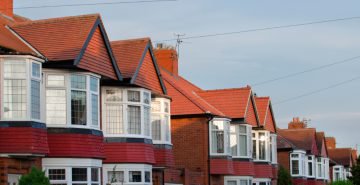Two Regions Surpass London’s House Price Growth
The East of England and the South East have surpassed London’s house price growth, according to new data from the Land Registry.
The East, ranging from Hertfordshire to Norfolk, experienced an average annual rise of 8.4%, almost 2% higher than the property price growth seen in the capital.
In second place is the South East, encompassing popular commuter hotspots such as Buckinghamshire, Surrey and Hampshire. This region traditionally shadows London’s price rises.
However, the capital’s house prices are still significantly higher. The average value in London is close to £500,000, almost double that in the East, at £210,042, and South East, at £254,658.
Sophie Chick, part of the Savills residential research team, says: “Both regions are well positioned to benefit from buyers looking for more for their money outside the capital, but still within an easy commuting distance to central London.”1
Research by Savills indicates that prices in the top two regions could rise by a further 25% over the next four years, compared with 10% in the capital.
Director of Your Move and Reeds Rains estate agents, Adrian Gill, comments: “The market in London appears to have got the ball rolling again, as buyers get used to the heavier taxation, and prices in the capital and surrounding regions continue to travel at a much faster pace than up in the North West, North East and Yorkshire.”
Indeed, the North West, Yorkshire and the Humber, and the East Midlands all witnessed monthly price declines. Meanwhile, prices in the North East rose by a slight 0.5% and Wales has only just recovered from negative figures last month, to a 0.2% increase this month.
The South West, running from Gloucestershire to the Isles of Scilly, and the West Midlands, from Wolverhampton to Coventry, are two regions that are continuing to see steady growth.
Gill continues: “Sales activity may look slightly subdued on an annual basis, but property sales have actually been picking up speed solidly since the start of the year, and rose 4.4% between May and June.
“Most importantly, the gates are firmly propped open at the bottom of the market and our own research shows this has been the strongest summer for first time buyer sales since 2007.
“With an interest rate rise largely speculated to happen next year, the race will be on for many looking to move up the property ladder before borrowing becomes more expensive.”1










